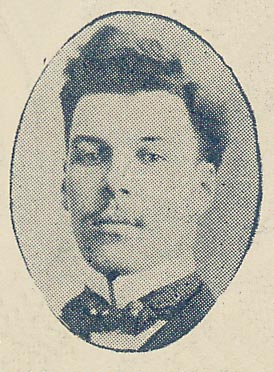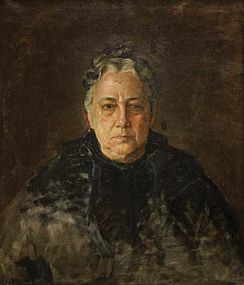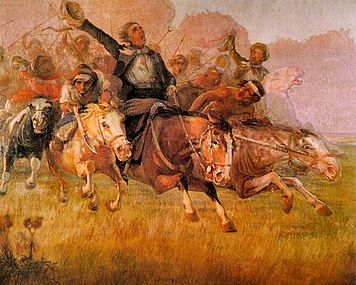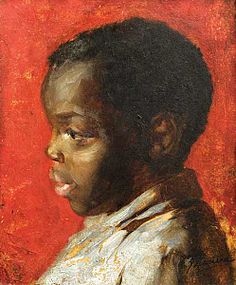Carlos María Herrera facts for kids
Carlos María Herrera (born December 18, 1875 – died September 27, 1914) was a talented Uruguayan painter. He is known for his beautiful portraits and paintings that show scenes from Uruguayan history and culture.
Contents
Discovering Carlos María Herrera
Carlos María Herrera was born in Montevideo, Uruguay. He started learning to paint there with an Italian artist named Pedro Queirolo. Later, he moved to Buenos Aires, Argentina, for two years to study art at a special school called Círculo Estímulo de Bellas Artes.
Studying Art in Europe
In 1897, Herrera traveled to Europe for the first time. He studied painting in Rome, Italy, with Spanish artists Salvador Sánchez Barbudo and Mariano Barbasán. He then continued his art studies in Spain with the famous painter Joaquín Sorolla y Bastida. He made a second and final trip to Europe in 1902 to learn even more.
What Kind of Art Did He Create?
Carlos María Herrera was especially good at painting portraits. He was very popular among the wealthy families in Montevideo who wanted him to paint their pictures. His portraits of women and children show how skilled he was with pastels, which was his favorite way to paint.
Painting History and Culture
Like many artists of his time, Herrera also painted scenes about his home country. This style is called nativismo. He painted pictures of gauchos, who are skilled horsemen from the South American plains, and criollos, who are people of European descent born in the Americas.
He also painted historical events. Two of his most famous historical paintings are Congreso de Abril de 1813 and Artigas en el Hervidero. You can even see Artigas en el Hervidero on the back of the $1000 note in Uruguay!
Where to See His Art Today
Some of Carlos María Herrera's amazing portraits are on permanent display. You can see them at the National Museum of Visual Arts in Montevideo, Uruguay.
Selected paintings
See also
 In Spanish: Carlos María Herrera para niños
In Spanish: Carlos María Herrera para niños






